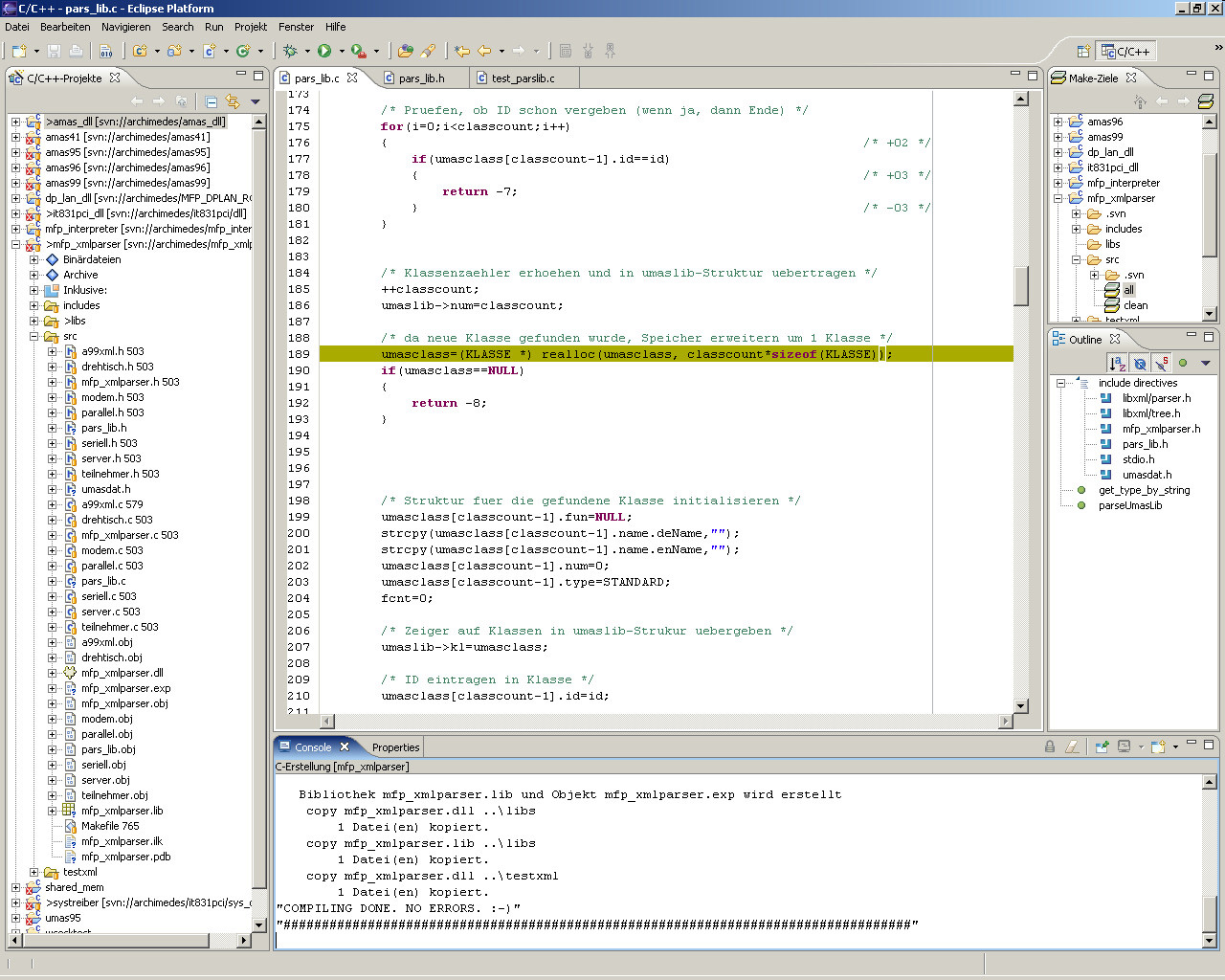

- ECLIPSE DEVELOPMENT IDE INSTALL
- ECLIPSE DEVELOPMENT IDE ANDROID
- ECLIPSE DEVELOPMENT IDE SOFTWARE
- ECLIPSE DEVELOPMENT IDE CODE
- ECLIPSE DEVELOPMENT IDE LICENSE
Installing Android Version and add-ons for SDK Here, you will see a window, from which you can select various Android versions for which you would be developing your app. Here, you will find an executable format, referred to as SDK Manager, which should be opened. Next, you open the folder into which the SDK was installed. This will help you build apps in any desired version of Android. Now, next, you should select the latest version along with the additional SDK tools.
ECLIPSE DEVELOPMENT IDE INSTALL
Once you reach the install location screen, choose a location you are bound to remember as you will need this throughout. It will open in an executable format, advising you about the installation process. Now, you have saved the file that was downloaded. Here, you will open a file, which needs to be saved. Scroll down to the bottom of this web page, where you will find ‘Download the SDK Tools’ button. We can do this by visiting the SDK download site:
ECLIPSE DEVELOPMENT IDE SOFTWARE
So here, we will take you through the step-by-step Guide to Android Development with Eclipse:Īs we discussed, we start by obtaining the Android Software Development Kit (SDK).


This is Android app development in Eclipse precisely.īut let us take a better look at it. Install it on your phone and start testing. With this, all the files would be stored for any future modifications as required. Do not forget to save the projects that you have created using Ellipse – give a name to the project that you developed using Ellipse.
ECLIPSE DEVELOPMENT IDE CODE
All you have to do is create the code for your required Android app. Now, you have done everything you need to create an Android app within the Android development environment. This can be done from Android AVD Manager through Eclipse, where you can create a virtual device on the basis of your preference. Once done, you need to first create a virtual device, which will assist you with app testing, for each app that you develop. So with this, you will get the much-needed plugin in Eclipse installed, enabling app development. This can be done from within the Eclipse interface by going to ‘Help’ where you need to select ‘Software Updates’ and then click on “Install New Software”. So next, you have to set up the Android Development Tools plugin, which initiates the development process. You are not yet ready to start with the development process. Just like you install any other app, you can install Eclipse as well. Here, you would have to download and install the updated version of Eclipse on your system. The time taken for configuring this SDK would depend upon how fast your internet connection is. Once the development environment is ready, next you have to configure Android SDK. We'll probably release aCute 1.0.0 once aCute takes advantage of OmniSharp Languge Server improvements and LSP4E and TM4E projects (which as used by aCute) have left incubation and made their first major release.We would be taking you through the detailed steps, but still, if you have any doubts, you can always find relevant videos on YouTube, where you would be taken through the step-by-step guide for installing the development environment. We don't plan aCute to provide any API at the moment, so it will be easy to keep it backward compatible. As soon as we can get rid of those in aCute, we will and release some minor versions for this occasion. OmniSharp language server is currently under refactoring and should hopefully soon drop need for omnisharp-node-client module and even drop the dependency on "mono" for Linux. The debug story will interact with other projects and with other projects in the IDE landscape. This Debug will try to take advantage of some Debug Protocol when it emerges, so we'd like to avoid making a specific C# debugger in aCute. We'd like to initiate the Debug part which is currently not covered. dotnet/coreclr project does ship this CLI and is licensed under MIT īugfix and incremental improvements will be happening on the existing code. On any OS, "dotnet" command-line needs to be installed, although aCute doesn't ship dotnet. So `mono` is currently a requirement, although aCute doesn't ship mono. On Linux, OmniSharp requires having "mono" installed to work well.
ECLIPSE DEVELOPMENT IDE LICENSE
This omnisharp-node-client automatically downloads and invokes which is MIT license The projects makes extensive use of 3rd party projects, which can require IP check:ĪCute embeds a TextMate grammar for C# found on GitHub under MIT license The project code currently uses EPL v1.0, but would gladly adopt EPL v2.0 as soon as it's ready, before or after joining community.


 0 kommentar(er)
0 kommentar(er)
